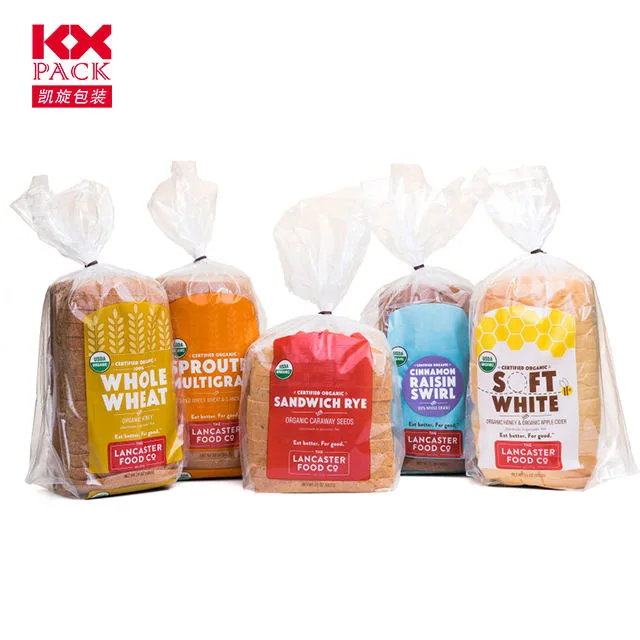პლასტიკური შეფუთვის ფილმი: სიახლე, მდგრადობა, and the Future of Packaging
პლასტიკური შეფუთვის ფილმი
იმ ეპოქაში, სადაც მოხერხებულობა ხვდება გარემოსდაცვით ცნობიერებას, plastic packing film has become a ubiquitous yet controversial component of modern life. From wrapping fresh produce to sealing electronics, this versatile material plays a critical role in preserving quality, შენახვის ვადა, და საკვების ნარჩენების შემცირება. თუმცა, its widespread use has also sparked debates about plastic pollution, recycling challenges, and the need for sustainable alternatives. Let’s explore the evolving landscape of plastic packing film, its innovations, and the path toward a greener future.
The Role of Plastic Packing Film in Modern Society
Plastic packing film—often made from polymers like polyethylene (PE), პოლიპროპილენი (PP), or polyvinyl chloride (PVC)—is prized for its flexibility, გამჭვირვალობა, and barrier properties. It protects goods from moisture, ჟანგბადი, და დამაბინძურებლები, პროდუქტების უზრუნველყოფა მომხმარებლების მიღწევაში. Industries ranging from food and beverage to pharmaceuticals and logistics rely on it daily.
Მაგალითად, modified atmosphere packaging (რუკა) films extend the freshness of meats and vegetables by regulating gas exchange, while shrink wrap films secure pallets during transportation. Even e-commerce giants depend on durable plastic films to safeguard fragile items during shipping.
The Environmental Dilemma: მოხერხებულობა vs. მდგრადობა
Despite its benefits, traditional plastic packing film poses significant environmental risks. Single-use plastics often end up in landfills or oceans, where they take centuries to decompose harming wildlife and ecosystems. მიკროპლასტიკა, resulting from the breakdown of these films, have infiltrated water supplies and even human food chains.
Consumers and governments are increasingly demanding action. Regulations like the EU’s Single-Use Plastics Directive and corporate sustainability goals (მაგ., Amazon’s Frustration-Free Packaging) are pushing brands to rethink their packaging strategies.
Innovations Driving Change
The packaging industry is responding with cutting-edge solutions to balance functionality with eco-friendliness:
- ბიოდეგრადირებადი და კომპოსტირებადი ფილმები
Materials derived from plant-based sources (მაგ., polylactic acid or PLA) and biodegradable polymers (მაგ., შდრამი) are gaining traction. ბრენდები მოსწონთ ტიპი offer compostable films that break down within months under industrial composting conditions, mimicking the lifecycle of organic waste. - გადამუშავებული შინაარსის ფილმები
პოსტ მომხმარებელთა რეციკლირება (PCR) plastics are being incorporated into packing films, ქალწულ მასალებზე დამოკიდებულების შემცირება. კომპანიებს მოსწონთ Dow და ExxonMobil are investing in advanced recycling technologies to transform plastic waste into high-quality films. - საკვები შეფუთვა
Pioneering startups are experimenting with edible films made from seaweed, starch, or proteins. Products like Ooho! water pods and WikiCells fruit coatings aim to eliminate packaging waste entirely, though scalability remains a challenge. - ჭკვიანი და აქტიური შეფუთვა
Films embedded with sensors or oxygen scavengers can monitor food freshness in real time, reducing spoilage. მაგალითად, Insignia Technologies develops time-temperature indicators that change color to signal product degradation.
The Challenge of Recycling Plastic Packing Film
While recycling is a key part of the solution, plastic films face unique hurdles. Thin, მსუბუქი, and often contaminated with food residues or adhesives, they are difficult to process in standard recycling facilities. Many municipalities exclude them from curbside programs, იწვევს გადამუშავების დაბალ განაკვეთებს.
Industry initiatives like theWrap Recycling Action Program (WRAP) in the U.S. aim to improve collection systems for plastic films. Retailers such asTarget დაWalmart now provide drop-off bins for clean plastic bags and wraps, diverting them from landfills.
Consumer Behavior and the Power of Choice
Shifting to sustainable packaging requires not just technological innovation but also changes in consumer habits. Shoppers can drive demand for eco-friendly options by:
- Choosing products with minimal or recyclable packaging.
- Reusing plastic films for storage or DIY projects.
- Supporting brands that prioritize circular economy models.
Education campaigns, მოსწონსPlastic Free July, also raise awareness about the impact of plastic waste and encourage small, actionable steps.
The Future of Plastic Packing Film: A Circular Vision
The ideal future for plastic packing film lies in a closed-loop system where materials are reused, გადამუშავებული, or composted endlessly. Advances in chemical recycling—which breaks down plastics to their molecular components for remanufacturing—could make this vision a reality.
ამასობაში, collaboration across industries, governments, and consumers is essential. ინიციატივები, როგორიცააNew Plastics Economy Global Commitment unite over 500 organizations to eliminate problematic plastics and innovate toward 100% reusable, გადამუშავებადი, or compostable packaging by 2025.
დასკვნა
Plastic packing film is at a crossroads: a vital tool for preservation and protection, yet a symbol of our global plastic crisis. The path forward demands innovation, infrastructure investment, and collective responsibility. By embracing sustainable materials, improving recycling systems, and making conscious choices, we can ensure that plastic packing film serves its purpose without compromising the planet.
What steps are you taking to reduce plastic waste in your daily life? Share your tips in the comments below!







